How Crayons Are Made

Introduction to Crayon Manufacturing
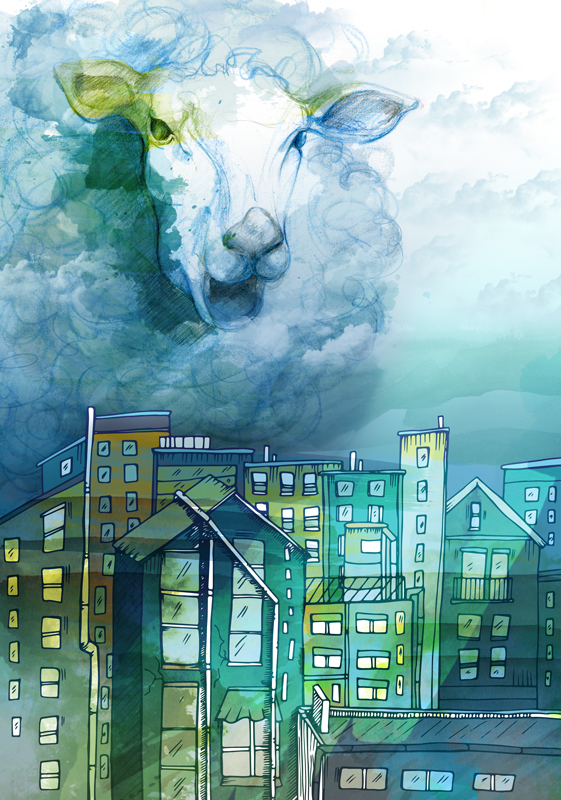
The process of creating crayons is a fascinating blend of art and science, involving a combination of traditional techniques and modern manufacturing methods. Crayons are one of the most ubiquitous art supplies, used by children and artists alike to bring color and vibrancy to their creations. But have you ever wondered how these colorful sticks are made? From the mixing of pigments to the molding of the final product, the manufacturing process of crayons is a complex and intriguing one.
The History of Crayons
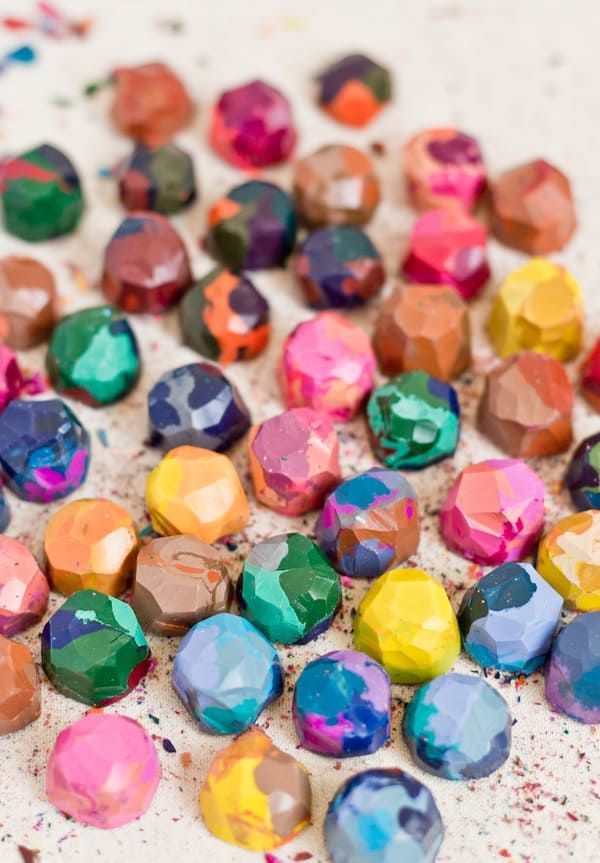
Before delving into the modern manufacturing process, it’s interesting to look back at the history of crayons. The word “crayon” comes from the French word for “chalk,” and early crayons were indeed made from a combination of charcoal and oil. Over time, crayons evolved to include a variety of pigments, including natural substances like carbon black, iron oxide, and ultramarine blue. The introduction of paraffin wax in the late 19th century revolutionized crayon production, allowing for the creation of a wider range of colors and a more consistent product.
Raw Materials

So, what are the raw materials used to make crayons? The basic components include: * Paraffin wax: This is the primary ingredient in crayons, providing the necessary hardness and durability. * Pigments: A wide range of pigments are used to create the various colors, including carbon black, iron oxide, and ultramarine blue. * Fillers: Substances like silica or calcium carbonate are added to improve the strength and stability of the crayon. * Binders: Ingredients like gum arabic or starch are used to help hold the pigment particles together. * Other additives: Additional substances, such as moisturizers or preservatives, may be included to enhance the performance and shelf life of the crayon.
The Manufacturing Process

The actual process of making crayons involves several steps: * Mixing the pigments: The first step is to mix the pigments with a small amount of oil to create a uniform paste. * Melting the wax: The paraffin wax is then melted in a large vat, and the pigment paste is added to the molten wax. * Adding fillers and binders: The fillers and binders are added to the mixture, and the entire batch is stirred thoroughly to ensure a uniform consistency. * Color matching: The color of the mixture is carefully matched to the desired shade, using a combination of pigments and dyes. * Pouring into molds: The molten mixture is then poured into molds, which are shaped like the final crayon product. * Cooling and hardening: The crayons are allowed to cool and harden, either at room temperature or in a controlled environment.
Quality Control
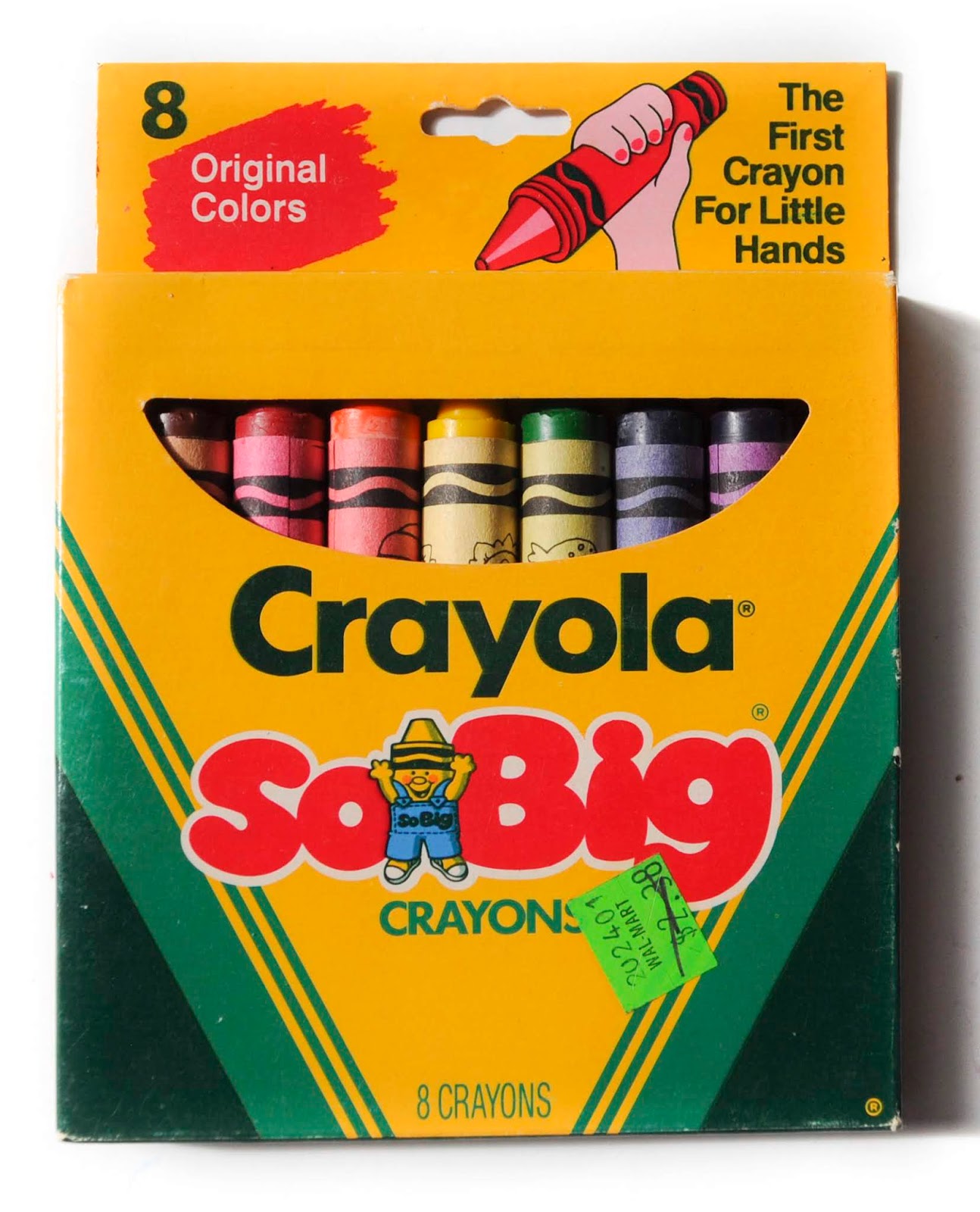
Once the crayons have hardened, they undergo a series of quality control checks to ensure they meet the required standards. This includes: * Color consistency: The color of the crayon is checked to ensure it matches the desired shade. * Hardness and durability: The crayon is tested for hardness and durability, to ensure it can withstand normal use. * Lightfastness: The crayon is exposed to light to check for fading or color shift.
Types of Crayons
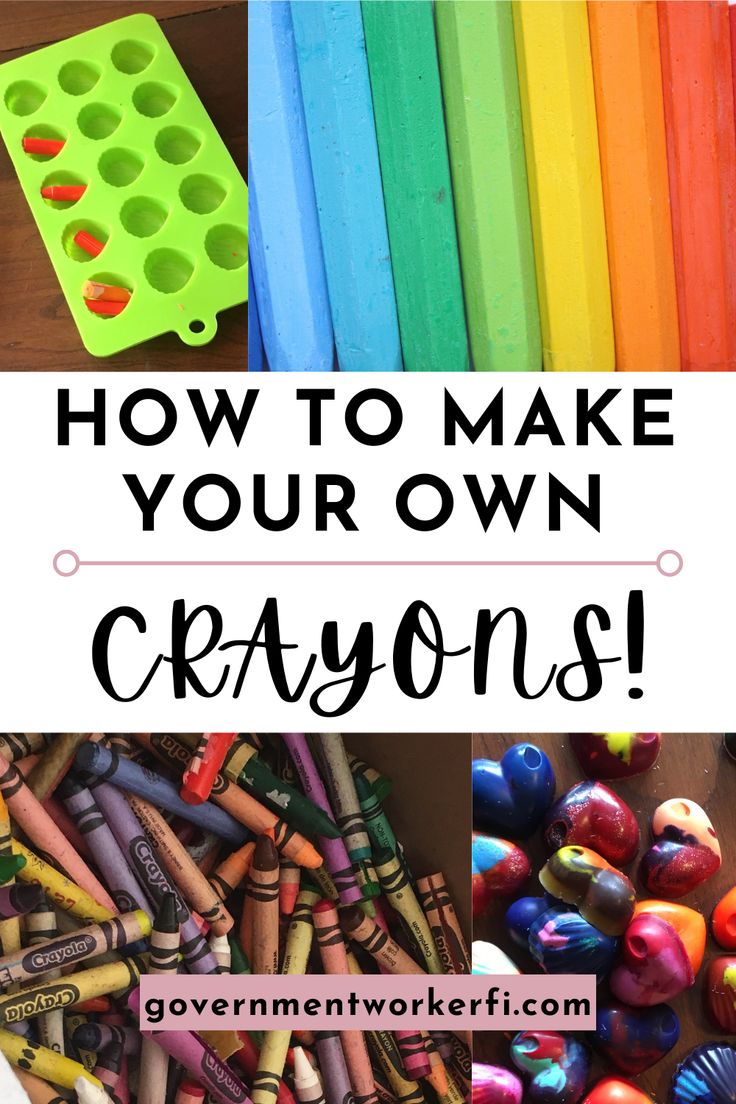
While the basic process of making crayons remains the same, there are several types of crayons that require specialized manufacturing techniques. These include: * Washable crayons: These crayons are made with a special type of wax that is easy to clean and remove from surfaces. * Scented crayons: These crayons are infused with fragrances, such as fruit or floral scents. * Glitter crayons: These crayons contain glitter particles, which add a sparkly effect to the coloring.
| Type of Crayon | Description |
|---|---|
| Washable crayons | Easy to clean and remove from surfaces |
| Scented crayons | Infused with fragrances, such as fruit or floral scents |
| Glitter crayons | Contain glitter particles for a sparkly effect |

📝 Note: The manufacturing process of crayons can vary depending on the specific type of crayon being produced.
As we’ve seen, the process of making crayons is a complex and fascinating one, involving a combination of traditional techniques and modern manufacturing methods. From the mixing of pigments to the molding of the final product, the creation of crayons requires a high degree of precision and attention to detail. Whether you’re an artist or simply a coloring enthusiast, the next time you pick up a crayon, remember the intricate process that went into creating it.
In summary, the key points to take away from this discussion are the importance of raw materials, the complexity of the manufacturing process, and the variety of crayon types available. By understanding these factors, we can appreciate the craftsmanship and dedication that goes into creating these colorful art supplies.
What are the primary ingredients in crayons?

+
The primary ingredients in crayons include paraffin wax, pigments, fillers, and binders.
How are crayons colored?

+
Crayons are colored by mixing pigments with a small amount of oil to create a uniform paste, which is then added to the molten wax.
What is the difference between washable and non-washable crayons?
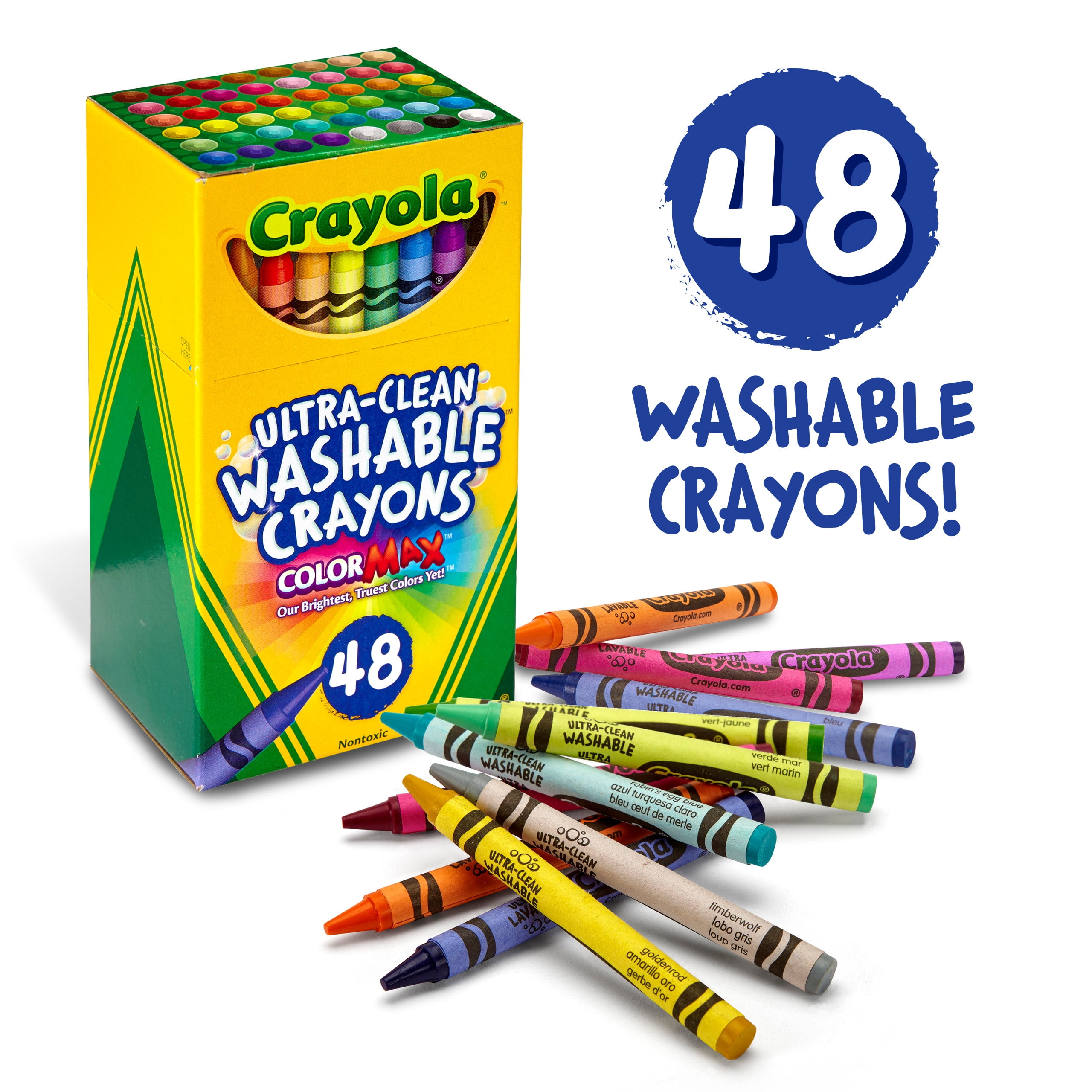
+



